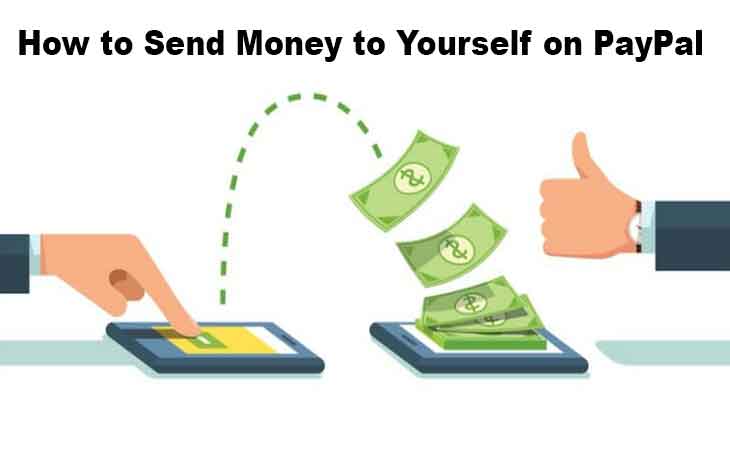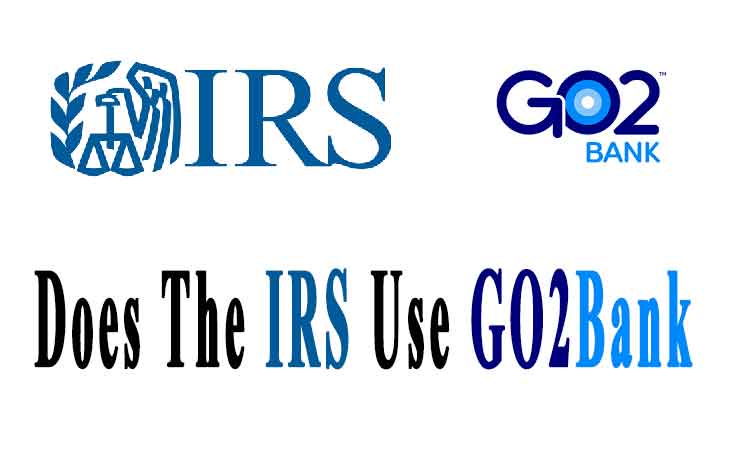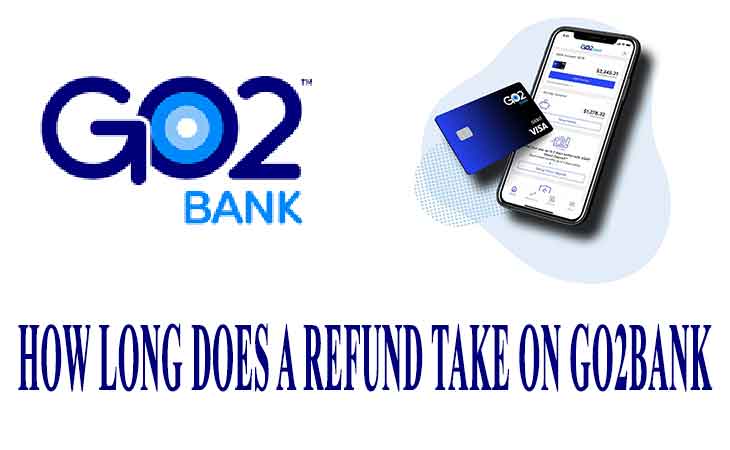Are you feeling generous towards yourself? Maybe you want to move some funds from one PayPal account to another, or simply withdraw money from PayPal without the need for a bank account. Whatever your reason, you may be wondering how to send money to yourself on PayPal.
Luckily, the process is pretty straightforward. You can transfer money between your own PayPal accounts, or use the “Cash Out” option to withdraw funds to a debit card linked to your account. Sending money to yourself on PayPal is a quick and easy way to access your funds without the need for a physical bank.
Now, before you start sending money to yourself like a lonely millionaire, it’s worth noting that PayPal does charge fees for certain transactions. So be sure to read up on their fee structure before you start moving money around. And if you’re transferring funds between accounts, make sure that you’re using the correct email addresses and account details to avoid any mishaps. So go ahead, treat yourself to a little financial boost and send money to yourself on PayPal!
Way to Send Money to Yourself on PayPal
If you’re looking to move funds from one PayPal account to another, or simply withdraw money from PayPal without the need for a bank account, you may be wondering how to send money to yourself on PayPal. Fortunately, the process is quite simple.
First, log in to your PayPal account and click on the “Send & Request” button. From there, you can choose to send money to another PayPal account you own or use the “Cash Out” option to transfer funds to a debit card linked to your account.
However, it’s worth noting that PayPal does charge fees for certain transactions, so be sure to check their fee structure before you start moving money around. Also, make sure that you’re using the correct email addresses and account details when transferring funds between accounts to avoid any errors.
Sending money to yourself on PayPal is a quick and easy way to access your funds without the need for a physical bank. Whether you’re treating yourself to a little financial boost or simply need to transfer funds between accounts, PayPal makes it easy to do so with just a few clicks. So go ahead and give it a try! With PayPal, sending money to yourself has never been easier.
Send Money to Yourself on PayPal Using Debit Card
If you’re looking to withdraw money from your PayPal account without the need for a bank account, you can use the “Cash Out” option to transfer funds to a debit card linked to your account. Here’s how:
First, log in to your PayPal account and click on the “Withdraw” button. From there, select the option to transfer funds to your debit card.
Next, enter the amount you wish to transfer and select the card you want to transfer the funds to. Then, click on the “Continue” button to review the transaction details and confirm the transfer.
It’s important to note that PayPal does charge fees for certain transactions, so be sure to check their fee structure before you initiate the transfer. Additionally, make sure that the debit card you’re using is linked to your PayPal account and has sufficient funds to cover the transfer.
Sending money to yourself on PayPal using a debit card is a quick and convenient way to access your funds. Whether you’re withdrawing money for personal or business purposes, PayPal makes it easy to do so with just a few clicks.
Send Money to Yourself on PayPal Using Credit Card
If you’re looking to send money to yourself on PayPal using a credit card, there are a few things to keep in mind. Here’s a step-by-step guide to get you started:
First, log in to your PayPal account and click on the “Send & Request” button. From there, select the option to send money to another PayPal account you own.
Next, enter the amount you wish to transfer and select the credit card you want to use to fund the transfer. Then, click on the “Continue” button to review the transaction details and confirm the transfer.
It’s important to note that PayPal does charge fees for certain transactions, so be sure to check their fee structure before you initiate the transfer. Additionally, make sure that the credit card you’re using is linked to your PayPal account and has sufficient funds to cover the transfer.
Sending money to yourself on PayPal using a credit card is a quick and convenient way to access your funds. Whether you’re transferring funds between accounts or making a personal purchase, PayPal makes it easy to do so with just a few clicks. So, with PayPal, sending money to yourself has never been easier. Just remember to keep an eye on those fees and credit card balances!
Fees and Limits Sending Money to Yourself on PayPal
When it comes to sending money to yourself on PayPal, there are a few fees and limits to keep in mind. Here’s what you need to know:
Firstly, PayPal charges a fee for certain transactions, including sending money to another PayPal account you own or transferring funds to a debit or credit card. Be sure to check PayPal’s fee structure before initiating a transfer to avoid any surprises.
Secondly, there are limits on how much you can transfer in a single transaction or within a certain time period. These limits vary depending on your account status and the type of transfer you’re making, so be sure to check PayPal’s limits page for up-to-date information.
Lastly, it’s important to ensure that you’re using the correct email addresses and account details when transferring funds between accounts to avoid any errors or delays.
Overall, while there are fees and limits to be aware of when sending money to yourself on PayPal, the process is still quick and convenient.
Difference Between Sending Money to Friends and Family and Sending Money to Myself on PayPal
Sending money on PayPal can be confusing, especially when it comes to the difference between sending money to friends and family versus sending money to yourself. Here’s what you need to know:
When you send money to friends and family on PayPal, there are no fees involved as long as you’re using your PayPal balance or a linked bank account. However, if you use a debit or credit card to fund the transfer, there will be a fee involved.
On the other hand, when you send money to yourself on PayPal, there may be fees involved depending on the type of transfer you’re making. For example, transferring funds to a debit or credit card will come with a fee, while transferring funds between PayPal accounts you own may not have a fee.
It’s also important to note that there may be different limits and requirements for sending money to friends and family versus sending money to yourself. Be sure to check PayPal’s website for the most up-to-date information on fees, limits, and requirements.
Finally, whether you’re sending money to friends and family or sending money to yourself, PayPal offers a convenient and secure way to transfer funds. Just be sure to check the fees and requirements beforehand to avoid any surprises!
Steps to Withdraw Money from PayPal
If you have money in your PayPal account that you’d like to withdraw, the process is relatively straightforward. Here’s a step-by-step guide:
- Log in to your PayPal account and click on the “Withdraw” button.
- Choose the withdrawal method that you prefer – this could be transferring funds to your bank account, requesting a check, or using a PayPal debit card.
- Follow the prompts to enter your withdrawal amount and any other necessary information.
- Review your withdrawal request and confirm it.
- Wait for the funds to be processed and transferred to your chosen withdrawal method.
It’s important to note that different withdrawal methods may come with different fees and processing times, so be sure to check PayPal’s website for the most up-to-date information. Additionally, if you’re withdrawing funds to a bank account, be sure to double-check that the account information you’ve entered is correct to avoid any delays or errors.
Ultimately, withdrawing money from your PayPal account is a relatively simple process – just be sure to choose the withdrawal method that works best for you and double-check all of the necessary information before confirming your request.
Frequently Asked Questions
If you’re wondering about the ins and outs of sending money to yourself on PayPal, you’re not alone. Here are some frequently asked questions and answers to help clear things up:
Can I send money to myself on PayPal using someone else’s account?
No, PayPal’s terms of service prohibit sending money to yourself using someone else’s account.
Is it safe to send money to myself on PayPal?
Yes, PayPal uses encryption and other security measures to protect your account and your transactions.
How long does it take for the money to arrive in my account when I send it to myself on PayPal?
The processing time can vary depending on the withdrawal method you choose – be sure to check PayPal’s website for the most up-to-date information.
Can I send money to myself on PayPal if I have a negative balance?
No, if your PayPal account has a negative balance, you’ll need to add funds or resolve the balance before you can send money to yourself.
Can I send money to myself on PayPal using a different currency?
Yes, you can send money to yourself in a different currency, but be aware that PayPal may charge currency conversion fees.
Wrapping Things Up
To sum up, sending money to yourself on PayPal can be a convenient and simple way to transfer funds between accounts. Whether you use a debit or credit card, the process is straightforward and can be completed in just a few clicks. However, it’s important to keep in mind the potential fees and limits associated with this type of transaction.
At the end, sending money to yourself on PayPal can be a useful tool for managing your finances, but it’s important to understand the process and any associated fees or limitations. By following the steps outlined in this guide and keeping these considerations in mind, you can make the most out of your PayPal account and its features.






Leave a Reply